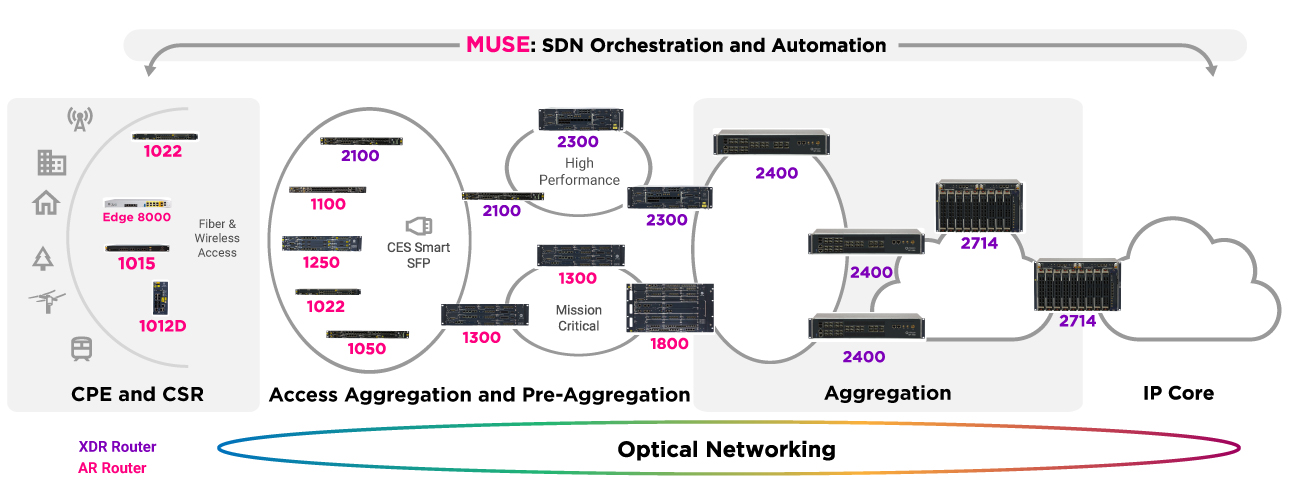How Electrical Coops are Bridging the Digital Divide: Tri-Co
Imagine living in a world where electricity was a luxury, available only to city dwellers. This was the reality for many Americans in the 1930s, when President Franklin Delano Roosevelt (FDR,) who was living with polio, regularly visited Warm Springs, Georgia, which were thought to be beneficial for polio sufferers at the time. During his travels, FDR witnessed the stark contrast in electrical access between urban and rural communities.
Cities flourished with electric power, which fueled overall quality of life; meanwhile, rural areas were often left in darkness, grappling with limited resources that perpetuated cycles of poverty. The absence of electricity constrained residents’ opportunities, leaving them unable to participate fully in modern society.
In 1936, FDR introduced the Rural Electrification Act (REA) as part of the New Deal. It was designed to address the disparity in access to electricity between urban and rural America, and authorized the federal government to extend loans to rural utility cooperatives to build the infrastructure necessary for electrifying underserved areas.
The REA ultimately transformed rural America, bringing essential services like lighting and powering appliances into countless homes. It facilitated economic development and increasing educational opportunities through enhanced access to previously unavailable technologies.
Lack of Rural Solutions Continues
Today, parts of the country are suffering from a similar lack of access, but this time it’s to high-speed broadband, which is essential to succeed in our increasingly digital economy. Much of this rural/urban divide is due to the high cost of deploying broadband in sparsely populated rural areas, which makes it prohibitive for incumbent telecom providers. Electric cooperatives on the other hand, already own some of the necessary infrastructure for such a buildout. Armed with government funding such as RDOF and BEAD, many are once again stepping in and building out broadband connectivity to their communities.
How Tri-Co leverages Ribbon's Rural Solutions
One example is Tri-County Rural Electric Co-op (Tri-Co), which provides electricity to nearly 19,500 locations in Pennsylvania. Tri-Co is now broadening its mission to deliver broadband services through its subsidiary: Tri-Co Connections. To ensure reliable and scalable networking capabilities, Tri-Co selected Ribbon’s NPT1800 Router, known for its exceptional performance in delivering a robust 100Gb Intelligent Middle-Mile backbone to meet the needs of its community.
Beyond providing broadband to residential customers, Tri-Co has seen several business applications being leveraged by their network, many in smart agriculture.
For example, broadband is becoming essential for optimizing livestock management: surveillance cameras monitor ambient temperatures in pig farms providing real-time data, facilitating adjustments in farm operations to maintain health standards and productivity levels.
This connectivity also supports the integration of automated feeding systems for cattle that can be controlled remotely based on feed availability and nutritional requirements, ultimately contributing to healthier livestock and improved yield. Broadband enables smart agriculture decision-making processes while fostering a more sustainable approach to modern farming practices.
Another smart agriculture example Tri-Co enables with their network supports maple syrup providers who are increasingly integrating technology into the traditional process of sap collection. By implementing remote-controlled taps, producers can equip maple trees with smart casting systems that allow producers to turn the tap on or off from a distance, optimizing resource management and enhancing production efficiency. Consequently, this technological evolution is revolutionizing the maple syrup industry, combining age-old methods with modern innovations for greater sustainability and productivity.
Tri-Co is a great examples of how electrical coops are helping to bridge the digital divide and enable their communities to thrive.
To learn more about Tri-Co’s network, please check our case study.



